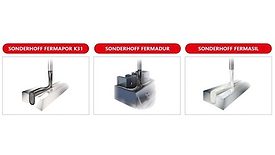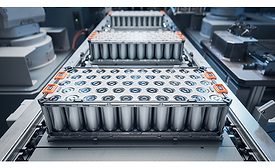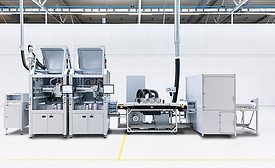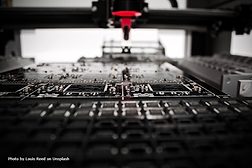Home » Keywords: » sealants in electrical/electronic
Items Tagged with 'sealants in electrical/electronic'
ARTICLES
Solventless Silicone Pressure-Sensitive Adhesives Are Paving the Way for More Sustainable Electronics
From smartphones and automotive displays to wearable devices and medical equipment, businesses and consumers alike are continuing to lean into complex electronics.
November 13, 2024
Sealing Cell Module Controllers with the CIPG Process
During the production of battery sensors, highly viscous liquid sealants are used to protect these sensitive electronic components from external influences and temperature-related stress and physical shock and vibrations.
October 15, 2024
Adhesives and Sealants Unique Properties in Electronics Under the EU Ecodesign Regulation
The proposal for a new EU Ecodesign Regulation is relevant to adhesives and sealants because it involves regulatory standards for product where adhesives and sealants play an important role.
July 29, 2024
Potting Compounds Increase Reliability of Automotive Sensor and Antenna Technologies
Tailor-made materials provide long-term protection for the antennas and sensors essential for the latest keyless entry and exterior door systems in new vehicles.
July 22, 2024
EVENTS
Industry
10/24/19
San Jose, Calif
San Jose, CA
United States
Additive Electronics Conference: PCB Scale to IC Scale
Keep the info flowing with our eNewsletters!
Get the latest industry updates tailored your way.
JOIN TODAY!Copyright ©2025. All Rights Reserved BNP Media.
Design, CMS, Hosting & Web Development :: ePublishing









